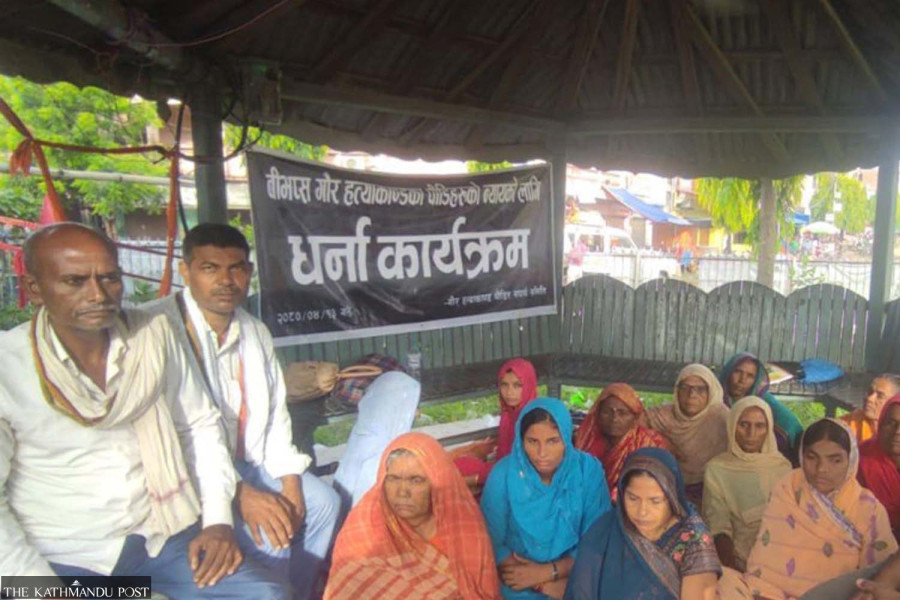Editorial
The Gaur injustice
Pushpa Kamal Dahal and co exemplify real or imaginary revolutionaries becoming co-opted by the state.
In 2007, all eyes were on Nepal as the country underwent an outburst of social unrest and a clash of ideologies. Having left behind a violent Maoist insurgency and a discriminatory state structure, the culturally diverse and politically vibrant South Asian state was fiddling with the lofty ideas of inclusion, secularism and republicanism. It was a country trying to shed its historical injustices and reimagine its foundational principles, and conflicts of all shades were inevitable.
The most devastating picture of a country amid the chaos of change was to be witnessed in Gaur, Rautahat, in March of that year. Cadres of the CPN-Maoist, the party that had just come overground after a decade-long insurgency, still had the guerrilla blood running in their veins and had yet to shed the dream of “state capture”. But little did they know that the bug of “revolution” had stung others too, and they were no longer the only force that could unleash brute force on their opponents. Having imbibed the spirit of “capture” from the Maoists, the Madhesi People’s Rights Forum, led by Upendra Yadav, had come prepared to resist the ex-guerrillas by all means. Twenty-seven individuals, most of them Maoists, were killed that day.
The massacre resulted from a murderous miscalculation by the leaders of the two parties, aided by the ineptitude of the police and civil administration of the time. It was a sobering moment for the Maoists. It was a launching pad for the forum in national politics. As tragic as the massacre was, more baffling is the sense of amnesia that engulfs the leaders of the parties that clashed that unfortunate day. Clearly, they have found a common interest in moving on, as they know that the benefits of forgetting far outweigh the ideals of justice in a parliamentary polity devoid of ethics.
As the camaraderie between Dahal and Yadav evolves amid seasons of jugalbandi and dhokhadhadi, the families of the victims continue to be thrown under the bus. The two leaders who seemed incorruptible in their own right have now turned into a carbon copy of other mainstream leaders, always readily available to cede their ideologies in favour of political power. Not every Nepali would have much fascination for the Maoist party’s ideology or lament its decline, as has been evident in its continuous slide. What they care about, though, is the idea of justice, as it encapsulates the essence of their being. More importantly, Dahal’s amnesia over the brutal killing of his own cadres leaves people with little hope that he would answer questions of justice related to the insurgency-era crimes.
Sixteen years after the Gaur incident, relatives of the victims continue to seek an elusive justice. Dahal, who has become prime minister for the third time, has made little effort to address the grievances of the victims’ families. And yet, he has not failed to give false hope to the families, as he did on Saturday, promising to “constitute a home secretary-led panel to hold dialogue and deliver justice”. But as Dahal enjoys the support of Yadav, what the promised panel will deliver is a foregone conclusion. At his heart, Dahal knows it is best for him to cover himself by the shroud of amnesia on the Gaur incident, as seeking justice for that incident would open the doors to his own closet of skeletons from the insurgency era.
It is this corruption of ideology and cooperation of their so-called revolutionary zeal by the mechanisms of state power that puts Dahal and Yadav in the same dock and renders them unable to deliver on the calls for justice.




 11.12°C Kathmandu
11.12°C Kathmandu














